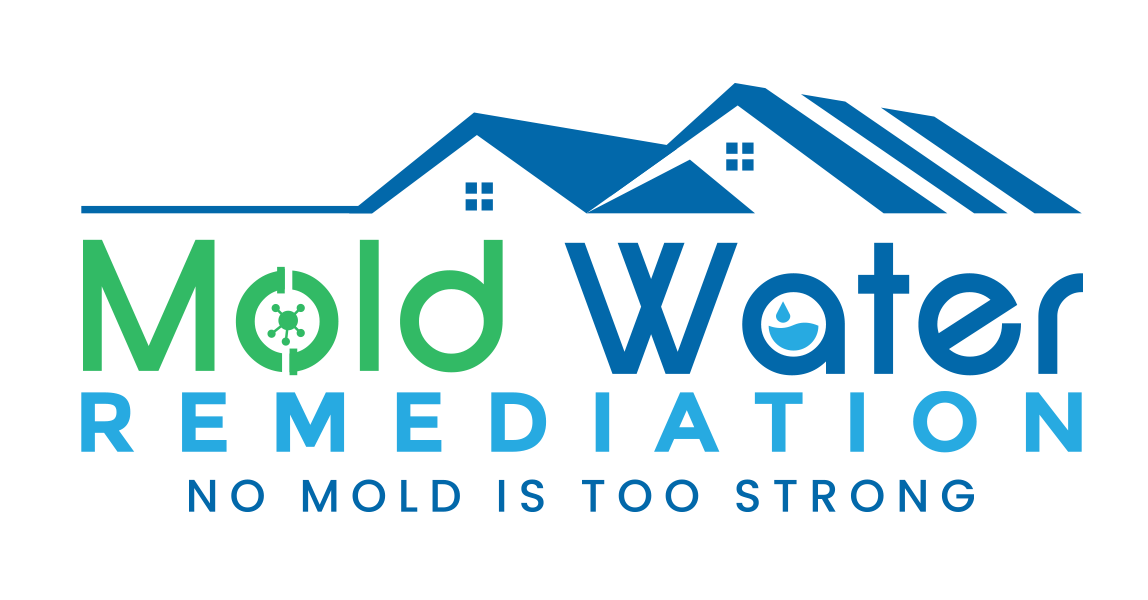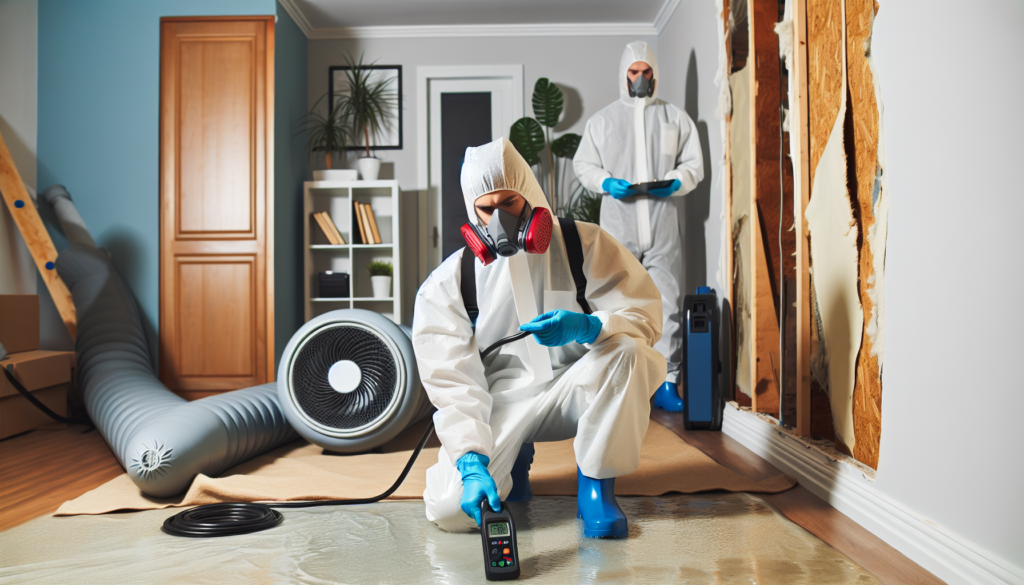Mold. Just the word alone can send shivers down the spine of any homeowner. It’s insidious, creeping into the nooks and crannies of your home, often without you even knowing. One day, everything seems fine, and the next, you’re hit with that unmistakable musty smell. But fear not! You’re not alone in this battle. Here, we’ll delve into the depths of mold removal and offer you 7 effective ways to get rid of mold and restore your home to its former glory. MOLD REMOVAL and RESTORATION is highly important for your kids and you health and for safe environment:
**1. Identify and Assess the Mold Problem**
First things first—know your enemy. Not all molds are created equal. Some are harmless and easily removable, while others can be dangerous. Spotting mold isn’t always straightforward. It can be black, white, green, or even orange and purple! Look for discoloration and sniff around; that distinctive earthy scent is a telltale sign. But don’t panic! Take a deep breath (away from the mold, of course) and try to assess the situation calmly.
Consider calling in a professional if you suspect toxic black mold, or if the mold covers more than 10 square feet. Professionals have the right tools and expertise to safely assess and remove the mold without spreading spores to other parts of your home. Call Mold Water Remediation NOW 212-432-5803
**2. Control the Moisture: The Root of All Mold Evil**
Mold thrives in moisture. Without it, mold spores can’t grow. So, tackling the moisture problem is crucial. Think of mold like a plant—it needs water to grow. By cutting off its water supply, you’re essentially starving it.
Start by fixing any leaks in your roof, walls, or plumbing. Ensure your home is properly ventilated, especially in high-moisture areas like bathrooms and kitchens. Use dehumidifiers in damp spaces and always ensure that your clothes dryer and kitchen stove are vented to the outside. Remember, no moisture, no mold!
**3. Clean and Remove Mold-Infested Materials**
Once you’ve identified the mold and controlled the moisture, it’s time to roll up those sleeves and get to work. Small areas of mold can often be cleaned with household products. A simple mixture of water and detergent can work wonders on non-porous surfaces. But be careful! Always wear protective gear—gloves, goggles, and a mask—to prevent inhaling spores or getting them on your skin.
For porous materials like drywall or carpet, removal might be necessary. Mold can penetrate these materials and thrive inside, making it nearly impossible to fully clean. When in doubt, throw it out! It might be painful to part with some items, but your health is far more important. To Purchase a Mold removal Kit click here.
Check out this article by Home Depot.
**4. Use Mold Removal Products**
There are plenty of products on the market designed specifically for mold removal. Products like bleach, vinegar, and baking soda can be effective for tackling mold. Mix one cup of bleach with a gallon of water and scrub away the mold. Vinegar can be sprayed directly onto the moldy area and left to sit for a while before wiping it clean. Baking soda, mixed with water, can also be used to scrub away mold and deodorize the area.
And then there’s Mold Removal—a dedicated product designed to make your mold woes a thing of the past. It’s formulated to target mold at its source, breaking down the spores and leaving your home fresh and clean. But remember, always follow the instructions on any product you use to ensure safety and effectiveness.
For tips of how to remove Mold yourself click here.
**5. Embrace the Power of HEPA Vacuums**
After cleaning, it’s essential to capture any mold spores that may have been released into the air. Enter the HEPA vacuum—a powerful tool in the fight against mold. HEPA (High-Efficiency Particulate Air) filters are designed to trap tiny particles, preventing them from being recirculated into the air.
Vacuum the affected area thoroughly, ensuring you cover every nook and cranny. Dispose of the vacuum contents carefully, sealing them in a plastic bag to prevent spores from escaping. This step is crucial in preventing the mold from making a comeback.
**6. Prevention: The Best Offense is a Good Defense**
Once you’ve successfully removed the mold, it’s important to prevent it from returning. Regularly inspect your home for signs of moisture and address any issues immediately. Use mold-resistant products in areas prone to dampness, like mold-resistant drywall or paint.
Maintain a humidity level below 60% in your home. You can use a hygrometer to measure humidity levels and adjust your dehumidifier settings accordingly. Regular maintenance and vigilance are your best allies in keeping mold at bay.
**7. Call in the Experts When Needed**
Sometimes, the mold problem is too big to handle on your own. Don’t hesitate to call in professionals if needed. They have the expertise, tools, and knowledge to safely and effectively remove mold, ensuring it doesn’t return.
How a professional Mold Remediation is done? read here.
Professional Mold Water Remediation shouldn’t be costly and it’s a worthwhile investment for your health and peace of mind. We can also provide valuable advice on preventing future mold issues, tailored to your specific home environment.
In conclusion, while mold can be a formidable foe, armed with the right knowledge and tools, you can conquer it and remove it on the right time. Remember to act quickly at the first sign of mold, control moisture, clean effectively, and prevent future growth. And always, always prioritize your health and safety. It’s time to take back your home and breathe easy again!
Call us now for help: 212-432-5803

